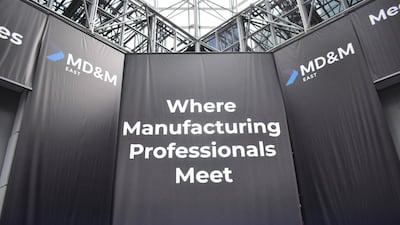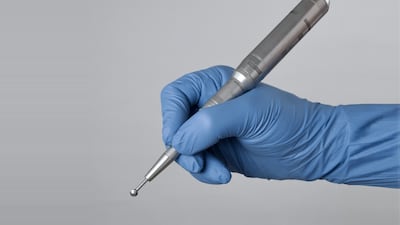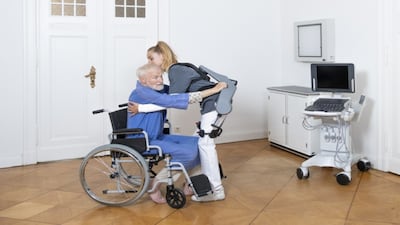Jon H. Hoem is all heart – well, almost. During the near-30 years he has worked in the medtech industry, based largely in Europe, over two thirds of this time was spent dealing with cardiovascular technologies. Hoem cut his teeth in the early 1990s in product development at ultrasound specialist Vingmed Sound AS (later to be acquired by GE), then moved on to various senior commercial roles in MediStim Inc., developer of ultrasound imaging systems used in cardiac surgery, then atrial fibrillation treatment company AtriCure Inc.
Since 2008, Hoem has been leading start-ups like Miracor Medical Systems GMBH, which has developed a therapy to improve outcomes of percutaneous coronary intervention in heart attack patients;
3 in 30: Three quick-fire questions in 30 seconds
What do you do to help unwind from the stresses of your job?
My wife, Caroline, and I have always loved nature and we are lucky to...
Read the full article – start your free trial today!
Join thousands of industry professionals who rely on Medtech Insight for daily insights
- Start your 7-day free trial
- Explore trusted news, analysis, and insights
- Access comprehensive global coverage
- Enjoy instant access – no credit card required
Already a subscriber?






